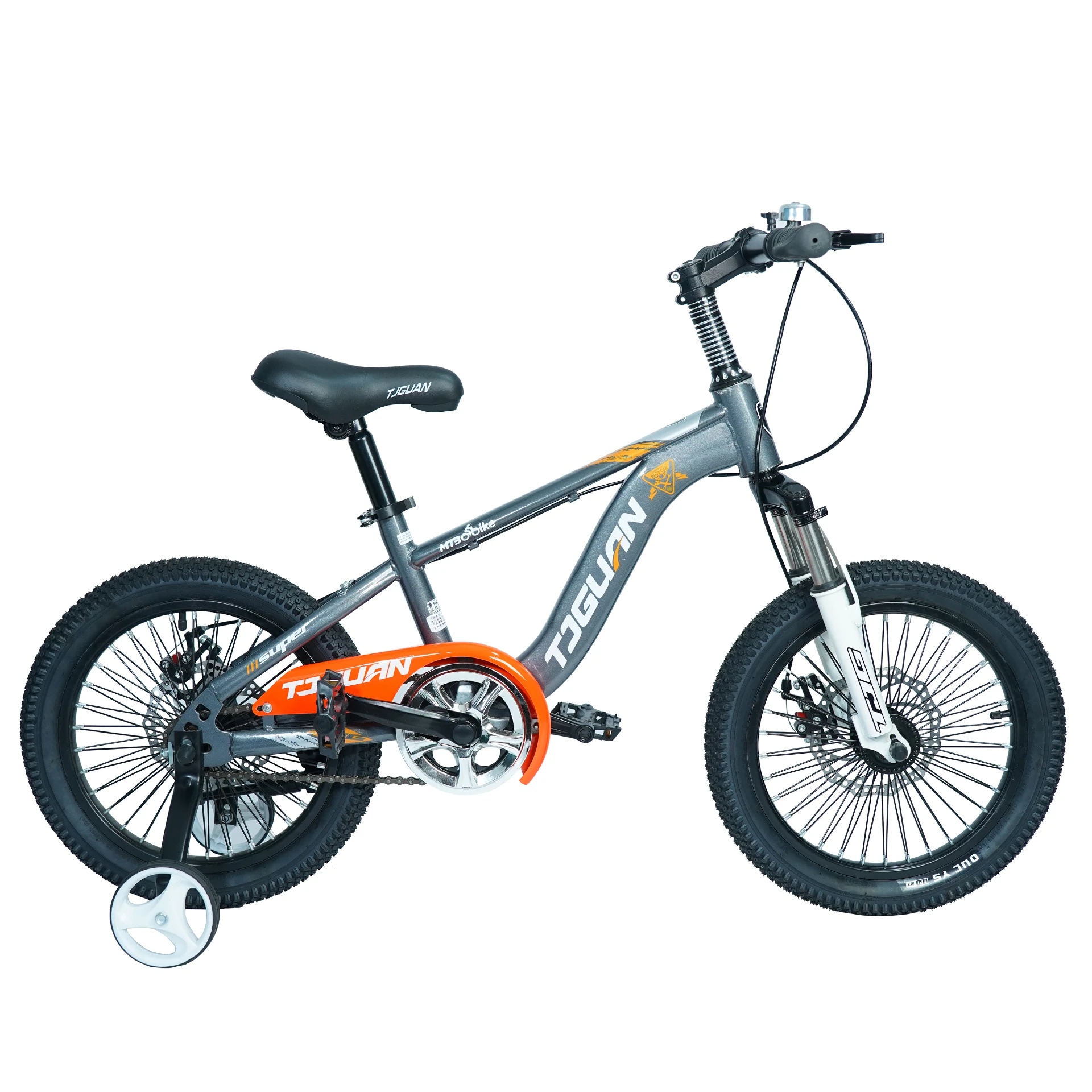mountain bike price
The Price of Mountain Bikes What You Need to Know
Mountain biking is an exhilarating sport that offers a unique combination of adventure, exercise, and connection with nature. However, as with many hobbies, the cost associated with mountain biking can vary significantly based on a multitude of factors. Understanding the pricing structure of mountain bikes can help potential buyers make informed decisions and find the right bike that suits their needs and budget.
Factors Influencing Mountain Bike Prices
1. Frame Material One of the most significant factors affecting the price of a mountain bike is the material used in its frame. Common materials include aluminum, carbon fiber, and steel. Aluminum frames are popular for their balance of weight, durability, and cost-effectiveness, generally pricing between $500 and $2,000. Carbon fiber frames, while lighter and stiffer, tend to be more expensive, ranging from $2,000 to upwards of $10,000, depending on the brand and technology used. Steel frames are often associated with durability and comfort but can vary widely in price based on the specific design and manufacturer.
2. Suspension Type Mountain bikes come with either hardtail or full-suspension setups. Hardtail bikes, which have a suspension fork in the front but no rear suspension, are generally more affordable. They start at around $400 and can reach up to $3,000. In contrast, full-suspension bikes, which provide shock absorption in both the front and back, offer improved comfort and handling but significantly increase the price, often ranging from $1,500 to $10,000 or more.
3. Components and Drive Train The quality of components, including brakes, gears, and wheels, dramatically affects a bike’s price. High-end models feature advanced technology, lightweight materials, and precision engineering that contribute to smoother rides and greater durability, often resulting in a price tag exceeding $5,000. Meanwhile, entry-level bikes with basic components usually fall below the $1,000 mark, making them accessible to newcomers.
4. Brand Reputation Brand prestige also plays a crucial role in pricing. Well-known brands often command higher prices due to their reputation for quality and performance. For instance, bikes from specialized mountain biking brands like Trek, Specialized, and Santa Cruz might cost more compared to lesser-known brands. However, not all lesser-known brands compromise on quality; many provide excellent value for money, especially for beginners.
5. Size and Fit The size of the bike can influence the price as well. Custom sizing often comes at a premium, with manufacturers charging more for bikes tailored specifically to fit an individual’s dimensions. This is critical for ensuring comfort and efficiency during rides.
mountain bike price

Budgeting for Your Mountain Bike
When considering a mountain bike purchase, it's essential to set a realistic budget. The intro-level bikes can start around $400 to $1,000, which is ideal for beginners looking to dip their toes into the sport. For recreational riders looking for a reliable machine that can handle a mix of trails, spending between $1,000 and $2,500 is usually sufficient.
Intermediate riders, or those who frequent more challenging terrains, may want to consider spending between $2,500 and $5,000 for a more capable bike. Expert riders and competitors are likely to invest in high-end models, which can range from $5,000 to well beyond $10,000, emphasizing performance and lightweight materials.
Additional Costs
It's also crucial to account for additional expenses beyond the bike itself. Accessories like helmets, gloves, pads, and bike maintenance can add up quickly. A quality helmet can range from $50 to $300, while appropriate gear may add another $200 to $500 to your initial investment. Regular maintenance and occasional repairs are also necessities that need to be factored into your budget.
Conclusion
In conclusion, the price of mountain bikes can vary widely based on factors such as frame material, suspension type, and brand reputation. Understanding these elements is vital for making a prudent investment. Whether you are a novice or an experienced rider, knowing what to expect in terms of pricing will help you explore the exciting world of mountain biking within your financial means. Always remember, a higher price tag does not always guarantee the best experience; choosing the right bike for your specific needs and riding style is ultimately what will enhance your biking adventures.
-
kids-scooter-tiny-olympic-games-scooterathlonNewsAug.22,2025
-
kids-scooter-waves-xingtai-zhongzhous-global-rippleNewsAug.22,2025
-
baby-tricycle-oem-legacy-zhongzhou-forgedNewsAug.22,2025
-
xingtais-twin-tricycle-revolution-siblings-ride-togetherNewsAug.22,2025
-
baby-tricycle-design-inspired-by-ancient-armorNewsAug.22,2025
-
nfc-chip-enabled-oem-baby-tricycle-trackingNewsAug.22,2025
-
The Perfect Baby TricycleNewsAug.11,2025








